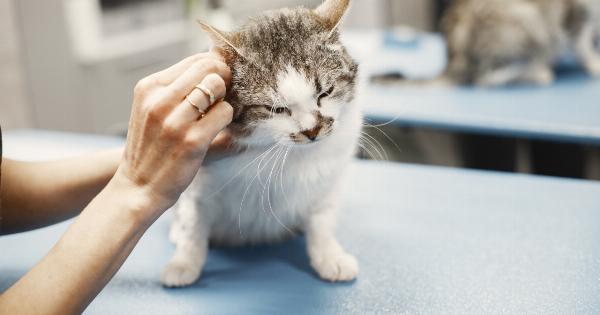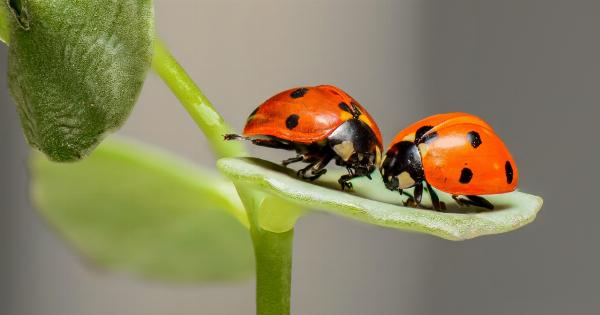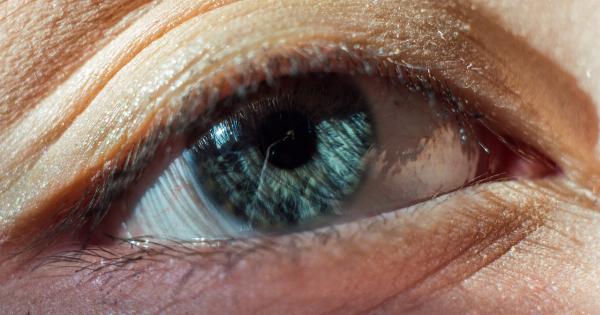Throughout history, mosquitoes have been regarded as more than just pesky insects. They are known for their irritating bites and annoying presence, but their ability to transmit diseases has caused major health concerns.
Among the numerous diseases associated with mosquitoes, the Crusader virus has recently emerged as a potentially hazardous threat. In this article, we will delve into the mosquito’s role in the transmission of Crusader and explore the factors that determine their suitability as carriers.
Understanding the Crusader Virus
First and foremost, it’s important to comprehend what the Crusader virus is and why it is considered a significant health risk.
The Crusader virus belongs to the family of arboviruses, which are primarily transmitted through the bites of infected mosquitoes. Identified relatively recently, Crusader has garnered attention due to the severity of its symptoms, which can range from mild fever to more severe complications such as neurological disorders.
The Mosquito as a Disease Vector
Mosquitoes possess a unique ability to act as disease vectors, meaning they can transmit pathogens from one host to another.
They are particularly effective in this role due to their feeding habits and their ability to harbor various viruses and parasites. When a mosquito bites an infected individual, it becomes a carrier, capable of transmitting the pathogen to another person it subsequently bites.
Mosquito Species and Transmission Potential
It is crucial to understand that not all mosquito species can transmit the Crusader virus. Different species have varying levels of susceptibility to certain types of viruses.
The Aedes aegypti and Aedes albopictus mosquitoes, commonly known as the yellow fever mosquito and Asian tiger mosquito, respectively, have been identified as potential carriers of Crusader.
The Role of Mosquito Biology
Several factors play a critical role in determining a mosquito’s suitability as a carrier for the Crusader virus. Understanding the biology of mosquitoes can shed light on their capacity to transmit diseases.
Female mosquitoes, specifically those of the Aedes genus, rely on ingesting blood meals to obtain the necessary nutrients for egg development. While feeding on an infected host, the mosquito simultaneously takes in the Crusader virus, enabling it to become a carrier.
Mosquito Feeding Habits
Mosquitoes have distinct feeding habits that affect their ability to transmit diseases. Unlike many other insects, female mosquitoes require a blood meal before they can reproduce.
During this process, they inject anticoagulant saliva into the host to facilitate the extraction of blood. If the mosquito carries the Crusader virus, the anticoagulant saliva can introduce the pathogen into the bloodstream of the host. This establishes a potential chain of transmission.
Factors Affecting Transmission
Various factors influence the likelihood of a mosquito transmitting the Crusader virus to humans. Firstly, the prevalence of the virus within a particular mosquito population is crucial.
Higher rates of infected mosquitoes increase the chances of transmission to humans and other animals. Additionally, the density of mosquitoes in a given area plays a significant role. Crowded populations of mosquitoes enhance the possibility of virus transmission due to increased human-mosquito interactions.
Environmental Considerations
The environment also influences the potential transmission of the Crusader virus by mosquitoes. Mosquitoes require suitable temperature and humidity conditions to thrive and carry out their life cycles.
Warmer temperatures accelerate the development of the virus within mosquitoes, increasing their ability to transmit it. Additionally, stagnant water bodies serve as breeding grounds for mosquitoes, creating ideal conditions for their population growth and the potential spread of diseases.
Prevention and Control Measures
Given the risks associated with mosquito-borne diseases, including Crusader, it is crucial to implement effective prevention and control strategies.
Mosquito control typically involves measures such as eliminating standing water sources to disrupt breeding, using mosquito repellents, and employing mosquito netting to protect against bites. Community-wide initiatives focusing on mosquito control can significantly decrease the transmission of diseases.
Conclusion: Understanding the Mosquito’s Role in the Crusader Virus
The mosquito’s ability to transmit diseases such as the Crusader virus is a complex process influenced by a multitude of factors.
Species, biology, feeding habits, environmental conditions, and prevalence of the virus within the mosquito population all play crucial roles in determining their capacity as carriers. By understanding these factors, scientists and public health authorities can develop targeted strategies to combat mosquito-borne diseases and protect human health.































